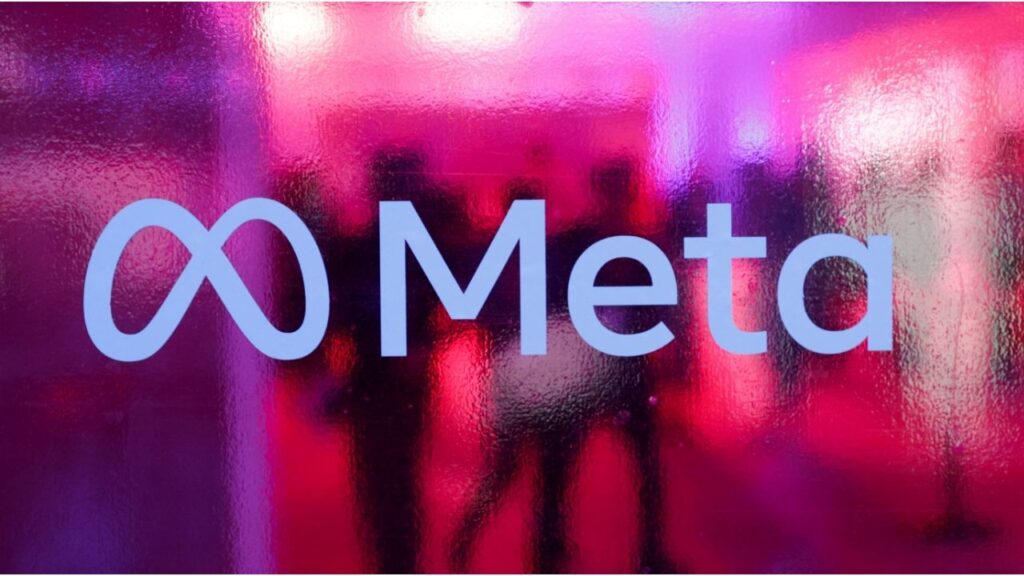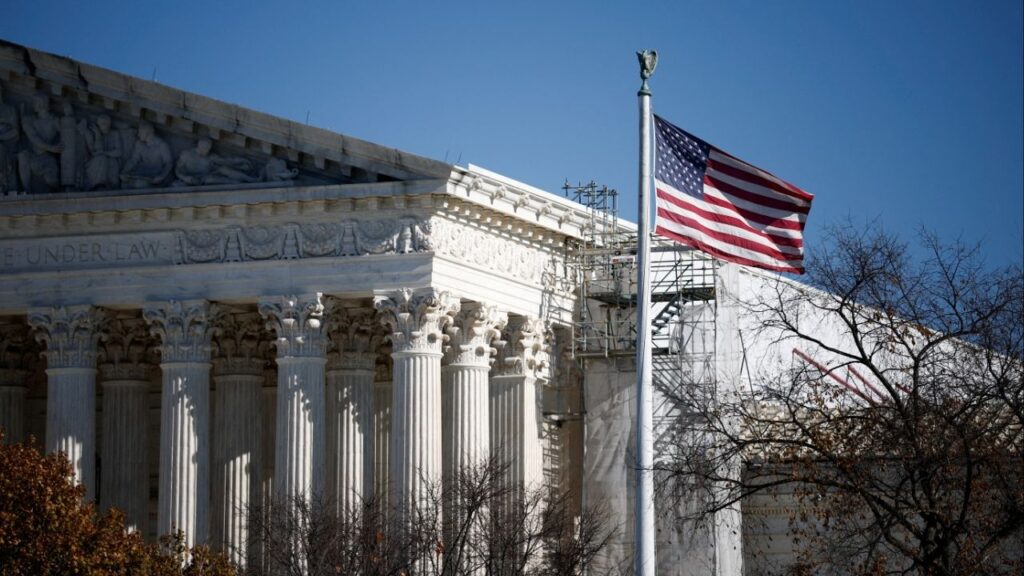California Gov. Gavin Newsom speaks during a press conference in Los Angeles, Wednesday, Sept. 25, 2024. Newsom vetoed a landmark bill aimed at establishing first-in-the-nation safety measures for large artificial intelligence models Sunday, Sept. 29. (AP File)

- Gov. Newsom begins a postelection tour Thursday in Fresno, focusing on economic recovery and working-class frustrations in Trump-won areas.
- Newsom emphasizes Democrats must address economic struggles to stay relevant, unveiling a regional economic development plan in Fresno.
- Central Valley's poverty and political shift to Trump spotlight challenges as Newsom works to counter GOP economic narratives.
Share
|
Getting your Trinity Audio player ready...
|
On Thursday, Gov. Gavin Newsom will make the first of three postelection visits to California counties that Donald Trump won in the presidential race, reaching out to working-class voters in the Central Valley who remain frustrated by economic woes.
The appearance in Fresno, to unveil a new economic development system, comes as interviews and polls have shown that economic and class divisions were key to Trump’s return to power.
With Democrats still mulling their presidential and congressional losses, Newsom said in an interview Wednesday that his party needed to learn from the recent election and to address the struggles of American workers.
“A lot of people feel like they’re losing their identity or losing their future,” Newsom said. “Message received.”
Related Story: Gavin Newsom Pledged to Release His Tax Returns Every Year. The Last One Was ...
Newsom Viewed as a Presidential Contender
A leading Democrat who has been viewed as a potential 2028 presidential contender, California’s governor has long been a pointed critic of Trump. Over the past 2 1/2 weeks, he has indicated that he expects his state and the Trump administration to repeat the pitched battle they waged during Trump’s first term, when California sued the federal government more than 120 times.
The governor’s immediate response after the Nov. 5 election was to call his state’s Democrat-dominated Legislature into an emergency special session that would start in December. Newsom urged Democrats to “stand firm” against expected efforts by Trump to deport immigrants, further limit reproductive rights and weaken environmental regulation.
In a video address shortly after the election, however, Newsom said that “my job is not to wake up every single day and get a crowbar and try to put it in the spokes of the wheel of the Trump administration.”
On Wednesday, the governor said he felt it was critical to counter Republican claims that Democrats had failed working-class residents. During the campaign, he said, he sensed that his defense of President Joe Biden’s economic record “wasn’t landing.”
Related Story: Gov. Newsom Said No, but California Voters Overwhelmingly Said Yes
“People are being left behind, their regions are being left behind,” the governor said. “We as a party will be history if we don’t heed the call to address the economy.”
Though dominated by Democrats, California has a conservative streak that runs from the rural far north, down through the Central Valley and into inland Southern California suburbs. Newsom has two years left before term limits require him to leave office, during which he will have to work with the Trump administration.
Fresno County had voted for Democrats in four consecutive presidential elections dating to President Barack Obama’s first win in 2008. But this year, voters went for Trump. Newsom also soon plans to head to Kern and Colusa counties, which have been Republican strongholds.
Former Mayor Swearengin Speaks on California Leadership
Ashley Swearengin, a former Republican mayor of Fresno who has since registered as an independent voter, said that California leaders have historically taken economic growth for granted and argued that state programs were not needed to advance the economy.
For much of the state, that was true, she said, but not for the Central Valley: “We were all like, ‘Cool to be you, but sucks to be us.’”
She said the day before the election, she saw the longest convoy of Trump supporters she had ever seen at a stoplight in North Fresno.
“It had to have been at least 50 vehicles,” she said. “Just truck after truck after truck after truck after truck.”
Since his 2018 election, Newsom has intentionally frequented parts of the state that don’t support him. Driven by a California Highway Patrol security detail, he travels by car, wending his way down rural highways still dotted with signs demanding his recall.
Related Story: California Gov. Gavin Newsom Will Spend Part of Week in DC as He Tries to ...
“It has served no political benefit,” he said, laughing off suggestions that the trips might also road-test his presidential prospects. “But I want everyone to know I hear them, and I see them.”
Democrats in California have long succeeded by making Trump a foil in their messaging because the former Republican president has been unpopular among voters in the state. But in Trump’s second term, leaders like Newsom may find the same line of attack to be less effective.
“He may want to be the hero of the Trump resistance,” said Dan Schnur, a political analyst who teaches at the University of Southern California, Pepperdine University and the University of California, Berkeley. “But while fighting with Trump is part of his path forward, it can’t be the only thing he does.”
Newsom’s economic development overhaul has been underway since before the pandemic but will formally take effect early next year, said Dee Dee Myers, director of the Governor’s Office of Business and Economic Development. Drafted by more than 10,000 representatives of labor, business, schools, tribal councils and other community interests, the plan will focus on creating jobs and distributing state economic funds through a regional approach that goes beyond power centers like Los Angeles and the Silicon Valley.
The Central Valley, for instance, is an agricultural engine with more than 5 million people, but unemployment there tends to be higher and median incomes lower than in most of California. In the four-county region around Fresno that will present Newsom with its plan Thursday, roughly 1 in 5 residents live in poverty and 1 in 7 has less than a high school education, according to census data.
That disparity has increasingly come with a political cost: Although final vote tallies are still pending, more than 57% of the region’s presidential ballots so far have been cast for Trump.
—
This article originally appeared in The New York Times.
By Shawn Hubler
c. 2024 The New York Times Company
RELATED TOPICS:
Categories

MAHA Activists Urge Trump to Fire His EPA Administrator

Meta Strikes Multiple AI Deals With News Publishers

















